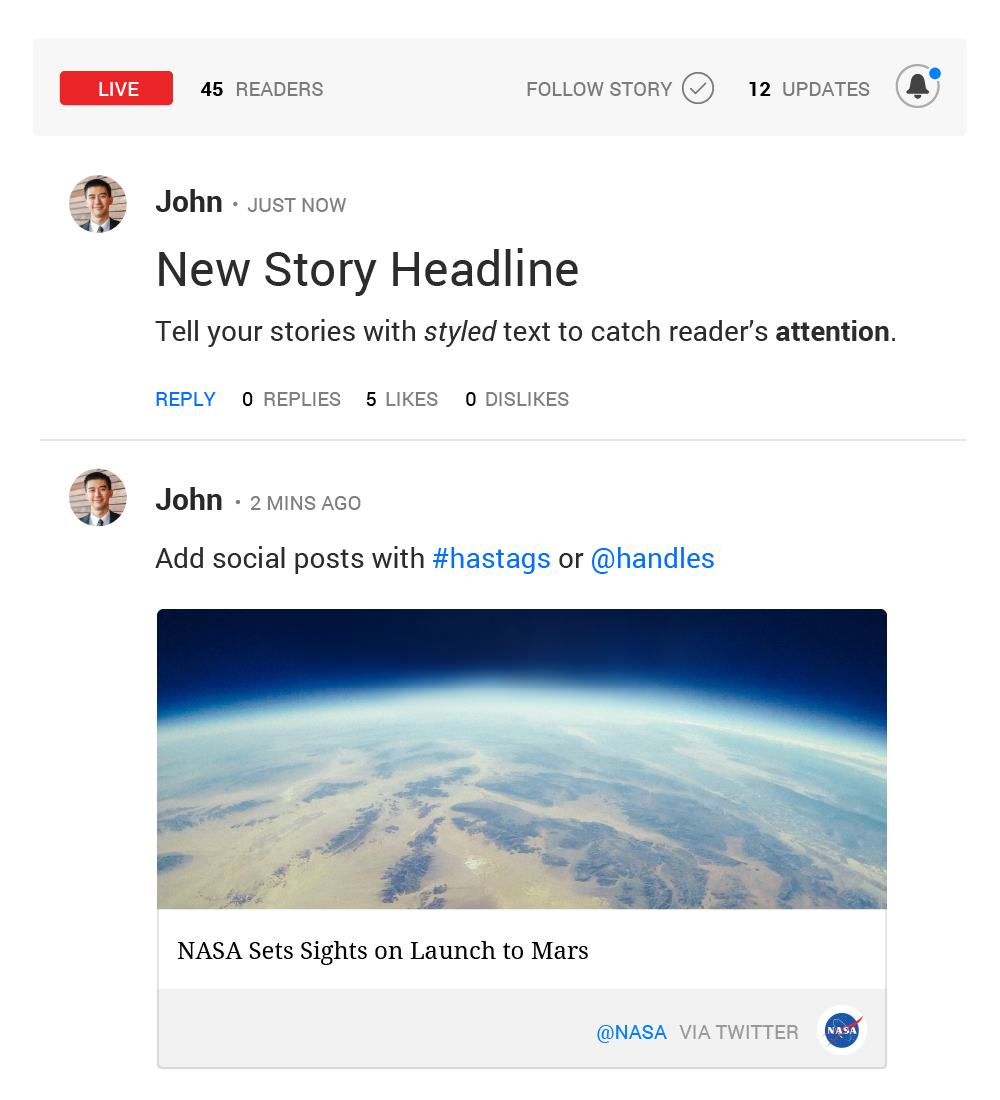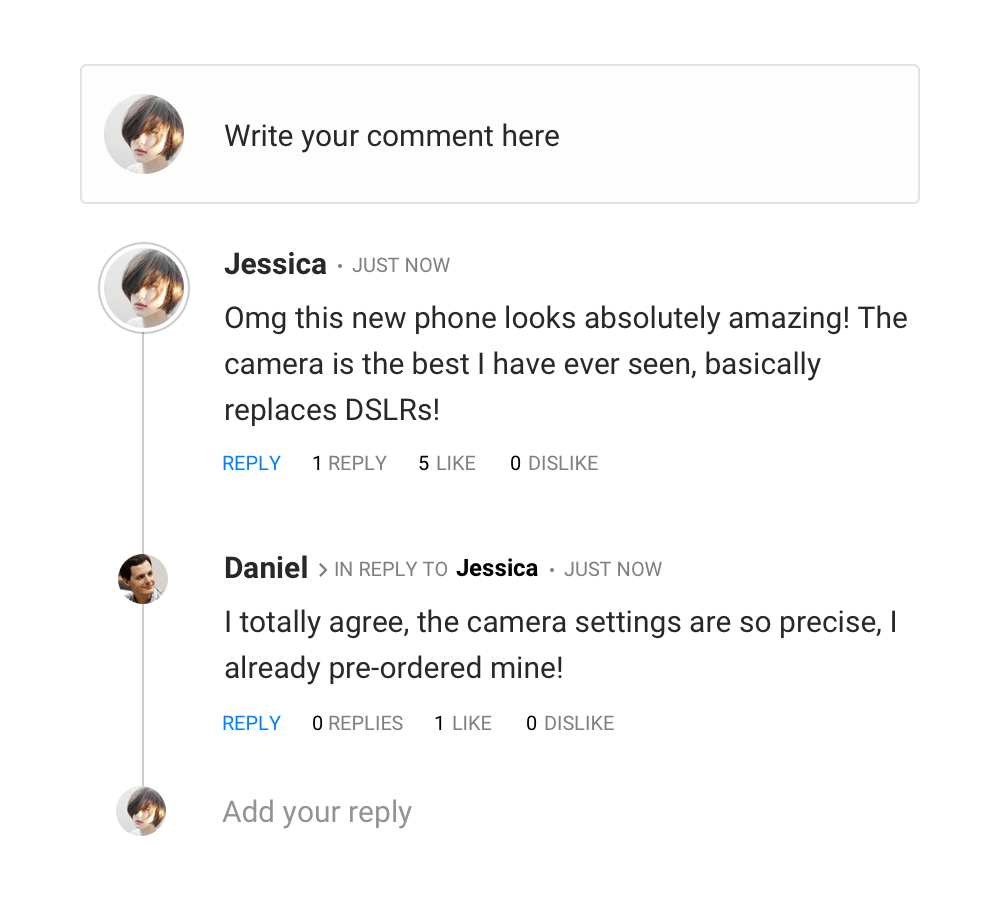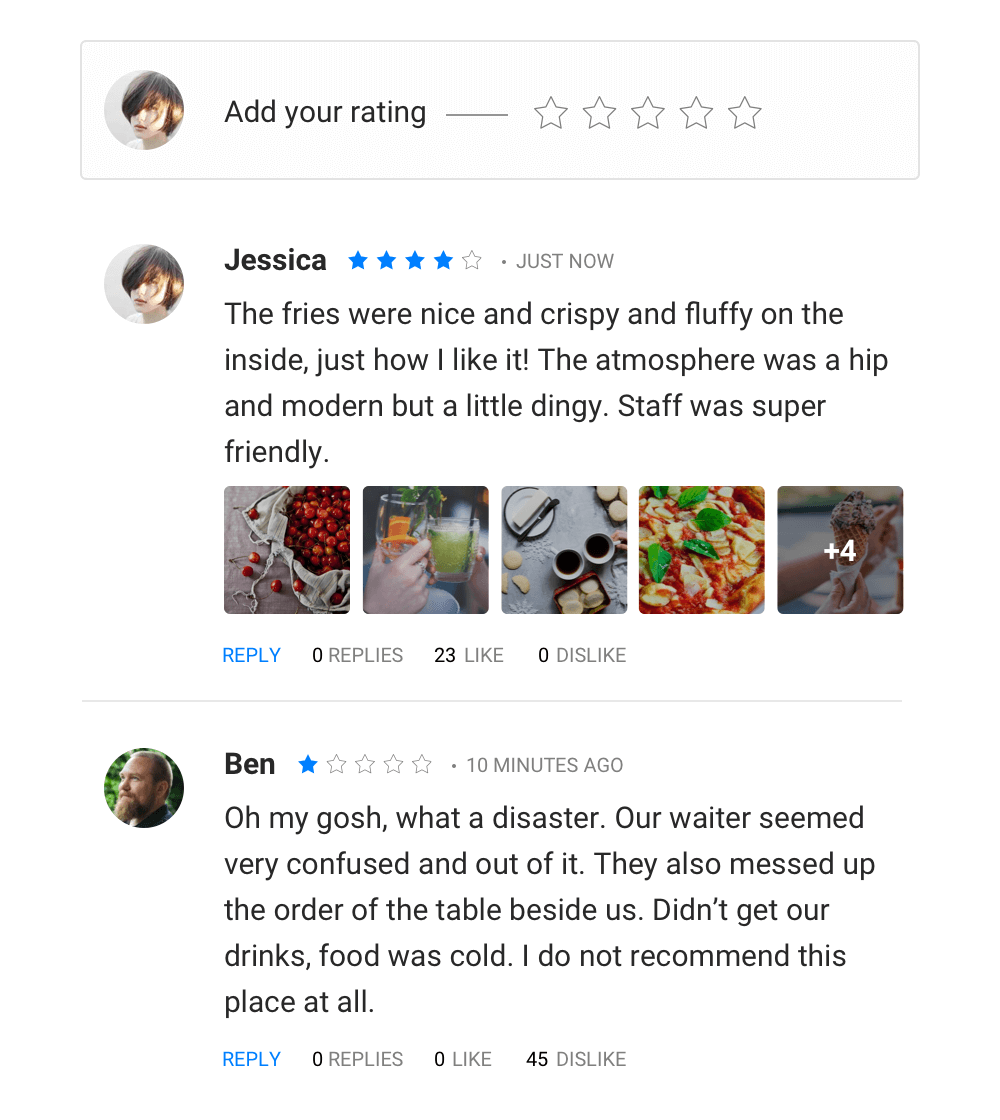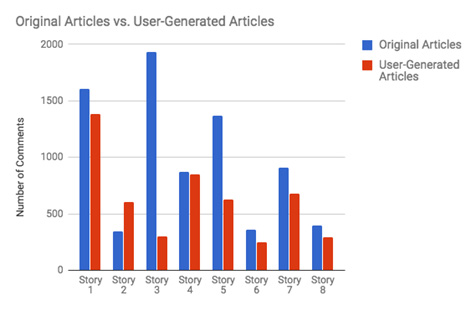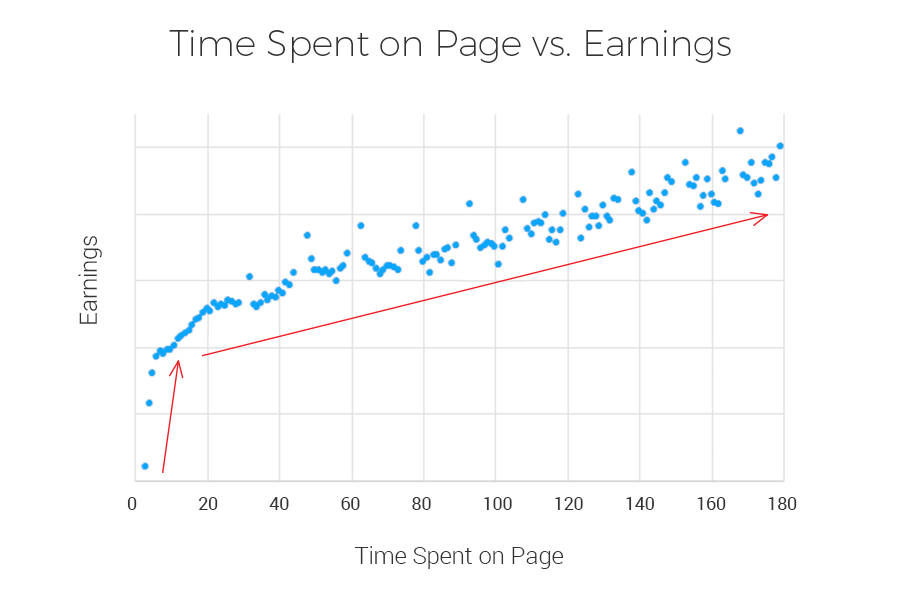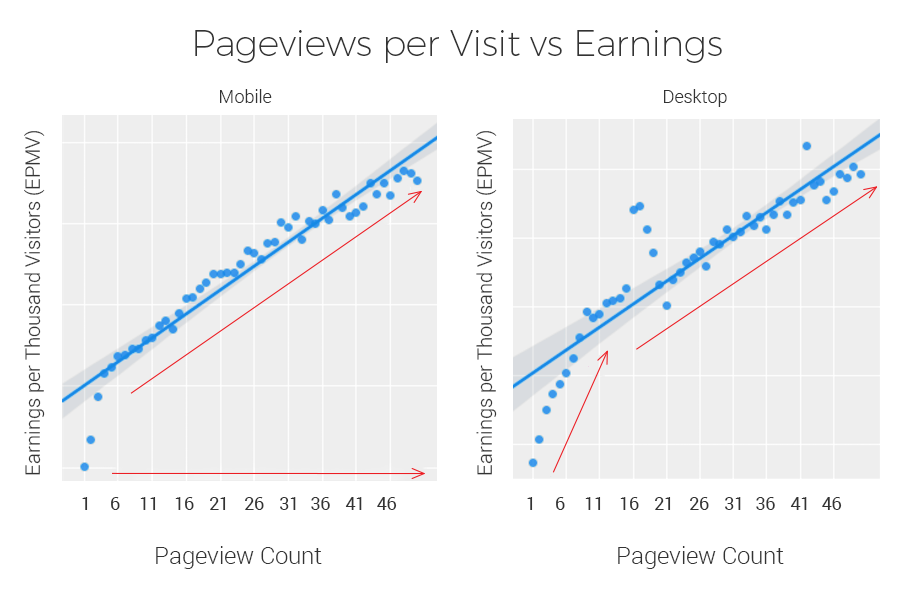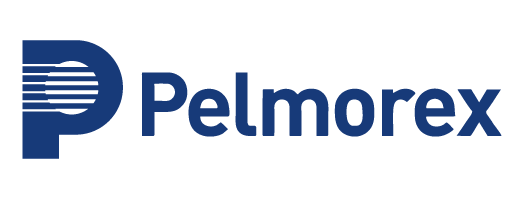Toronto, August 2, 2018: Viafoura – a leading provider of engagement cloud solutions specifically built for news publishers and media companies – today announced the launch of Conversations. Building on their leading real-time commenting platform, Viafoura Conversations provides, a complete set of real-time tools and capabilities to help media companies and journalists connect with their audience directly on their site and mobile applications. Backed by a leading AI moderation solution, journalists and audiences alike, are free of the worry of trolls and hate speech and can participate in real-time conversations not only in the comments, but in live chat forums and as part of the live blogging experience, now provided by the Viafoura Conversation suite.
“The audience experience, interactions and resulting first party data belong in the hands of the content creators and at Viafoura, we are committed to ensuring that happens in fully automated moderation environments free of hate speech, harassment and abuse.”
— Jesse Moneifar, CEO, Viafoura
Viafoura Conversations provides media companies with the tools they need to offer live story coverage and enable real-time conversations through commenting, live chat and more –all directly on their sites. Highlights of the suite, part of the market-leading Viafoura Engagement Cloud, include:
Live Stories
Enable real-time coverage of stories and events by publishing a live stream of content directly on site and include external links and embedded social posts with ease. Live Stories lets journalists cover stories as they happen and ensures users stay up to date on breaking news and can join the conversation in real-time.
Learn MoreLive Chat
Provide registered users and subscribers a forum to connect around topics and events directly on your site with the real-time protection of Viafoura Automated Moderation.
Learn MoreReal-Time Commenting
Enhances audience engagement by allowing real-time conversations to unfold directly on site, creating a highly engaged community of authors, readers, influencers and subscribers that’s backed by Viafoura Automated Moderation to guarantee brand safety.
Learn MoreRatings & Reviews
Offers a five-star system that lets users react to the experiences, places and products they encounter.
Learn MoreAll Viafoura Conversations products come with a guaranteed uptime of 99.95% and native ads-in-comments functionality.
“Leading media brands understand the importance of connecting directly with their audience and looking for tools that make it easy for journalists to provide live story coverage and interact with their audience in a safe environment.”
— Allison Munro, Head of Sales and Marketing, Viafoura
“And with the many challenges on social platforms, from algorithm changes to user data breach and scandals, to fake news, trolls and harassment, it’s important now, more than ever that media companies can control their user experience and build their audience relationship on their owned channels.” Munro, continues.
The Viafoura Engagement Cloud is used by over 600 media brands globally, including CBC, Advance Media, Graham Media, The Philadelphia Inquirer, Irish Times, and The Weather Network.
About Viafoura
Viafoura helps over 600 media, broadcast and entertainment brands better build, manage and monetize their content, audience and data in real time, powering more than 1.5 billion interactions across 350 million active users.


